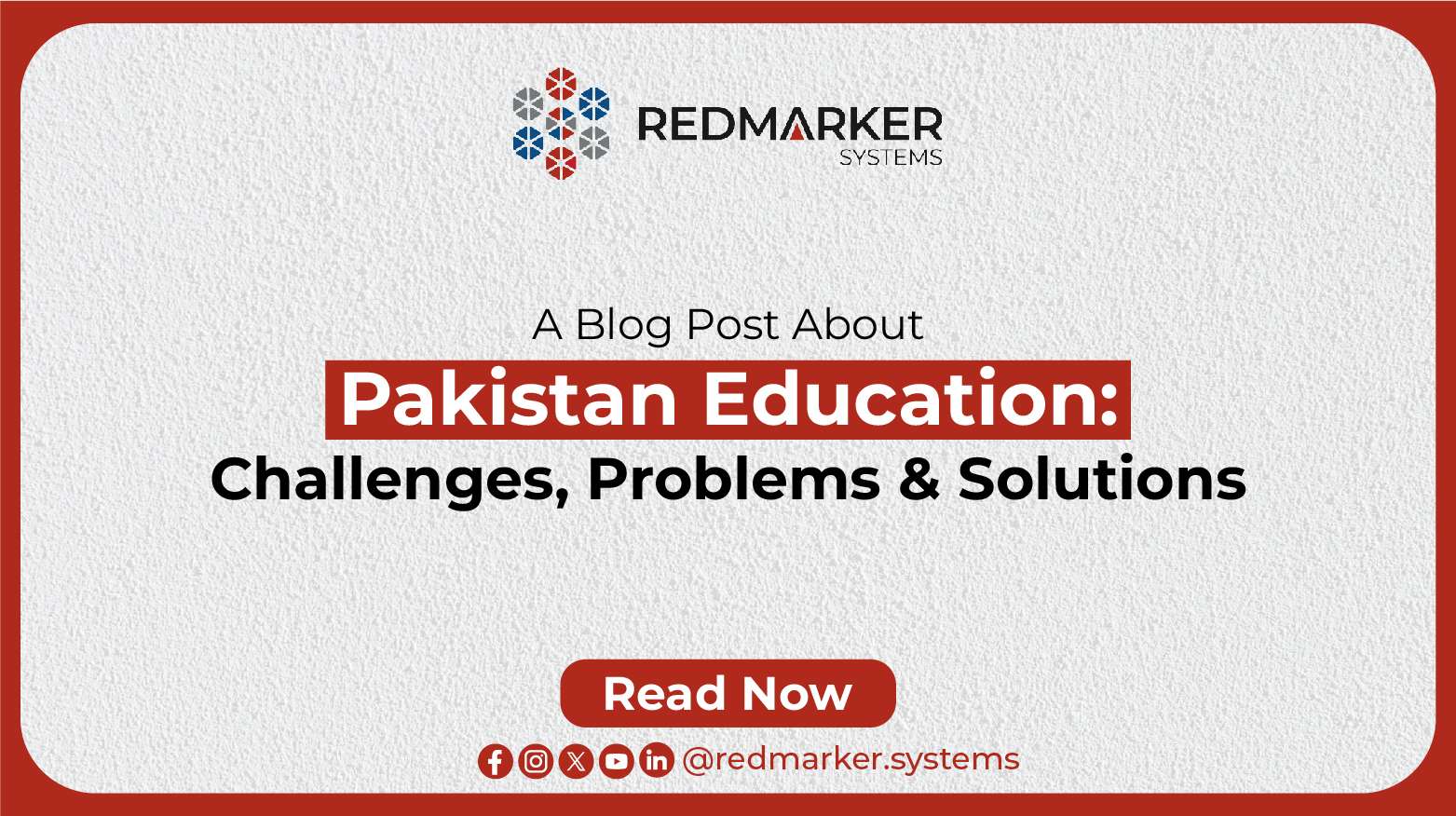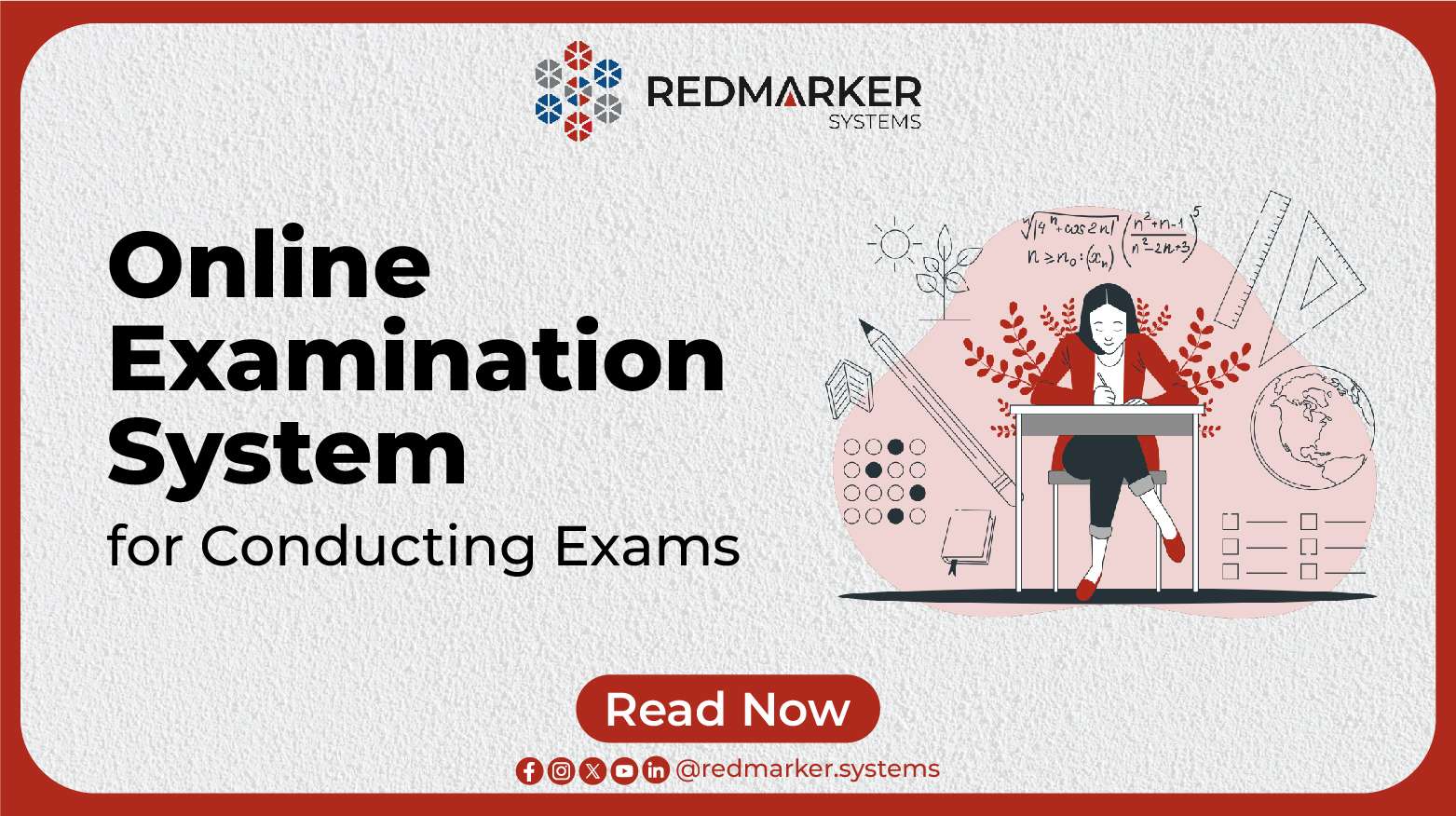Pakistan Education: Challenges, Problems & Solutions
1. Introduction
Education serves as the cornerstone of development in any society, shaping its future by empowering individuals and fostering societal progress. In Pakistan, a nation brimming with potential, the challenges within its education system pose significant hurdles to realizing this vision. This article delves into the intricacies of Pakistan’s education landscape, shedding light on the existing issues and proposing actionable solutions.
1.1 Overview
Pakistan’s education system grapples with multifaceted challenges that hinder its ability to provide quality education to all. From barriers to access and gender disparity to infrastructure inadequacies, the journey toward educational excellence is fraught with obstacles.
1.2 Importance of Education
Education is more than just acquiring knowledge; it is a catalyst for change, driving economic growth, fostering social cohesion, and empowering individuals to reach their full potential. In Pakistan, a robust education system is vital for addressing pervasive issues such as poverty, unemployment, and social inequality.
1.3 Scope of the Article
This article aims to dissect the challenges plaguing Pakistan’s education system, analyze their root causes, and present viable solutions for a brighter future.
2. Current Challenges
2.1 Access to Education
Millions of children in Pakistan are out of school, primarily due to financial constraints, geographical remoteness, and cultural norms. Limited access to schools perpetuates a cycle of illiteracy and impedes social mobility.
2.2 Quality of Education
Even for those fortunate enough to attend school, the quality of education remains a pressing concern. Outdated curriculum, inadequate teacher training, and lack of educational resources contribute to subpar learning outcomes.
2.3 Gender Disparity
Gender inequality pervades Pakistan’s education system, with girls disproportionately affected by barriers to schooling. Deep-rooted cultural beliefs, early marriages, and safety concerns discourage female enrollment and perpetuate educational disparity.
2.4 Infrastructure Issues
Many schools in Pakistan lack basic facilities such as proper classrooms, sanitation facilities, and clean drinking water. Dilapidated infrastructure not only affects the learning environment but also compromises students’ health and safety.
3. Root Causes
3.1 Government Policies
Inconsistent government policies and underfunding of the education sector have hindered progress. The lack of a long-term vision and political will to prioritize education exacerbates systemic issues.
3.2 Socio-Economic Factors
Poverty and inequality perpetuate educational disparities, as marginalized communities struggle to access quality education. Economic instability and income disparities further widen the gap between the privileged and the underprivileged.
3.3 Cultural Barriers
Deep-seated cultural norms and traditions reinforce gender disparities in education. Patriarchal attitudes, early marriages, and societal expectations limit girls’ access to schooling and perpetuate cycles of poverty and ignorance.
4. Solutions
4.1 Policy Reforms
Comprehensive policy reforms are imperative to address systemic issues within Pakistan’s education system. Government initiatives should focus on increasing education spending, reforming curriculum standards, and implementing inclusive policies to ensure equal access for all.
4.2 Technology Integration
Harnessing the power of technology can revolutionize education delivery in Pakistan. Initiatives such as e-learning platforms, digital libraries, and remote teaching programs can bridge the gap between urban and rural areas, providing quality education to underserved communities.
4.3 Community Involvement
Community engagement plays a crucial role in improving educational outcomes. Mobilizing local communities, empowering parents, and involving civil society organizations can foster a sense of ownership and accountability, leading to sustainable change.
4.4 Teacher Training
Investing in teacher training and professional development is essential for enhancing the quality of education. Equipping educators with modern teaching methodologies, pedagogical skills, and technological know-how empowers them to deliver effective instruction and nurture students’ potential.
5. Future Prospects
5.1 Importance of Change
Addressing the challenges within Pakistan’s education system is not merely a moral imperative but also an economic necessity. Investing in education lays the foundation for future prosperity, innovation, and social progress.
5.2 Potential Impact
By implementing targeted reforms and fostering a culture of education, Pakistan can unlock its human capital potential and pave the way for sustainable development. Empowering every child with quality education is the key to building a prosperous and inclusive society.
6. Conclusion
In conclusion, the road to educational reform in Pakistan is fraught with challenges, but it is not insurmountable. By addressing access barriers, improving the quality of education, and fostering an environment of inclusivity, Pakistan can unleash its full potential and pave the way for a brighter future.
Frequently Asked Questions about Problems in Education System of Pakistan (FAQs)
How can technology help improve education in Pakistan?
Technology can facilitate remote learning, provide access to educational resources, and enhance teaching effectiveness through interactive tools and multimedia content.
What role do parents and communities play in education reform?
Parents and communities can advocate for better schools, support children’s education at home, and participate in decision-making processes to ensure the needs of students are met.
Why is gender disparity a significant issue in Pakistan’s education system?
Gender disparity perpetuates cycles of poverty and inequality, limiting opportunities for girls and impeding social progress. Addressing this issue is crucial for achieving educational equity and empowerment.
What are some challenges faced by teachers in Pakistan?
Teachers in Pakistan often struggle with limited resources, large class sizes, and inadequate training. Investing in teacher support and professional development is essential for improving educational outcomes.
How can individuals contribute to education reform efforts in Pakistan?
Individuals can volunteer at local schools, mentor students, support educational initiatives, and advocate for policy changes to promote access to quality education for all.



